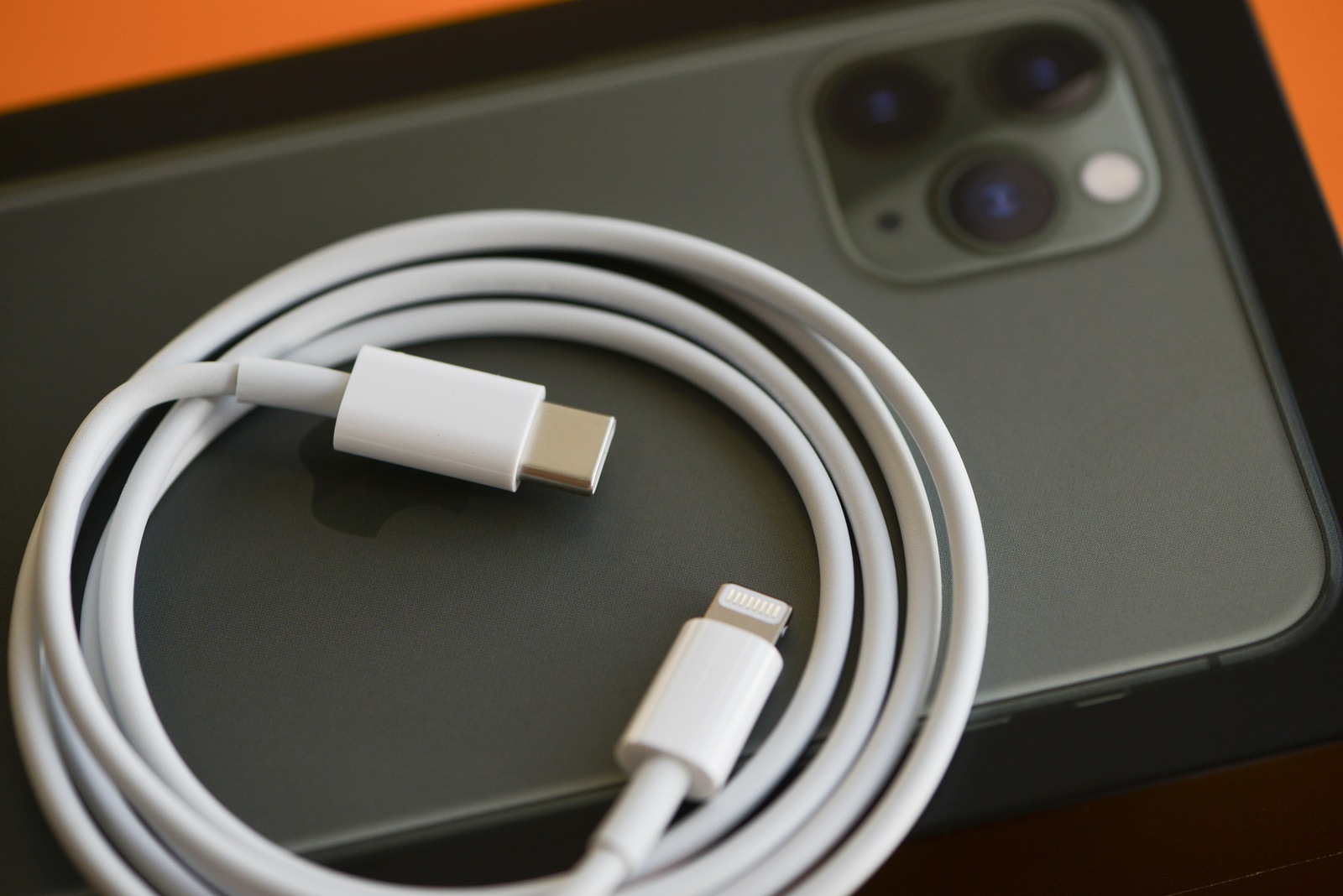At the beginning of the week, a report published that the iPhone 12 could support a new WiFi specification. This should enable high-bandwidth data transfers. Is the innovation related to the upcoming AR glasses?
The new WiFi standard 802.11ay is said to be debuting in the iPhone 12. This reportedly uses the 60 GHz frequency spectrum to enable high-bandwidth data transfers. This would make AirDrop, for example, work even faster. But this innovation could be introduced with the upcoming Apple AR glasses The platforms 9to5mac and MacWorld are already speculating. 9to5mac:
A report earlier this week suggested that the upcoming iPhone 12 may support a new WiFi specification, 802.11ay. This would be quite surprising, as the standard is so new that the spec isn't even finalized yet, and Apple usually waits a while before introducing a new technology - as we've seen for everything from 3G onwards.
Do Apple's augmented reality glasses need faster data transfer?
The report leaves room for speculation. It is assumed that Apple wants to use this step to tie in with the upcoming AR glasses. These are intended to be a kind of extended accessory for iPhones, similar to the Apple Watch in its early days. At this point, MacWorld believes that the data transfer between the two devices requires a high bandwidth in order to be able to deliver high-resolution images. MacWorld explains:
The point of building 802.11ay into an iPhone would be to create direct, local point-to-point connections with other 802.11ay devices. In particular, other iPhone 12 (or later) phones or other future Apple devices.
Connecting to another iPhone over 802.11ay wouldn't be a big deal. It would make AirDrop really fast - like blinking and you'll miss the transfer speed. But most people only send photos and short videos with AirDrop and it's already amazingly fast.
The exciting thing about 802.11ay is that it offers high enough bandwidth and low enough latency to send data to high-resolution, high-refresh-rate displays, such as virtual reality or augmented reality headsets."
The new standard is not only faster but also more stable. 802.11ay is said to achieve a transmission speed of up to 44 gigabits per second. This means that the innovation could actually be introduced into the iPhone 12 because of the new AR and VR products. However, since this is only a theory based on a rumor, the whole thing should of course be treated with caution. (Photo by K_E_N / Bigstockphoto)
- AR glasses: Apple Glasses will reportedly appear much later
- Apple patent reveals new details about AR glasses





